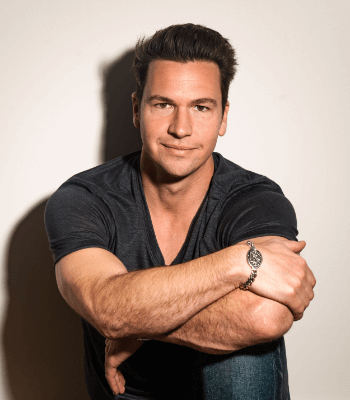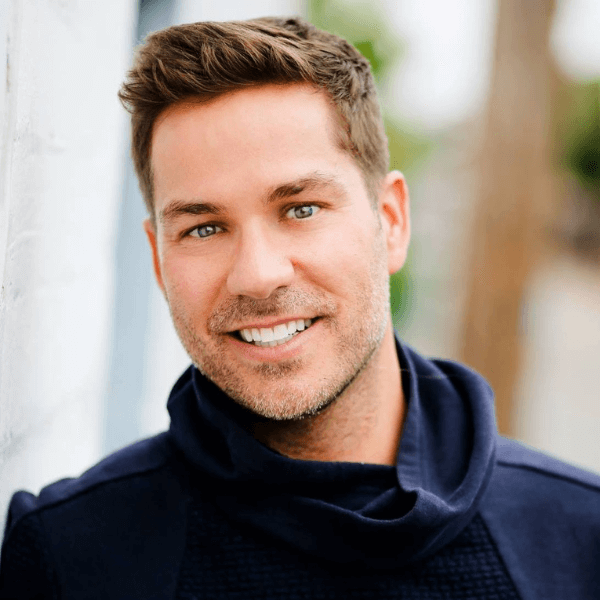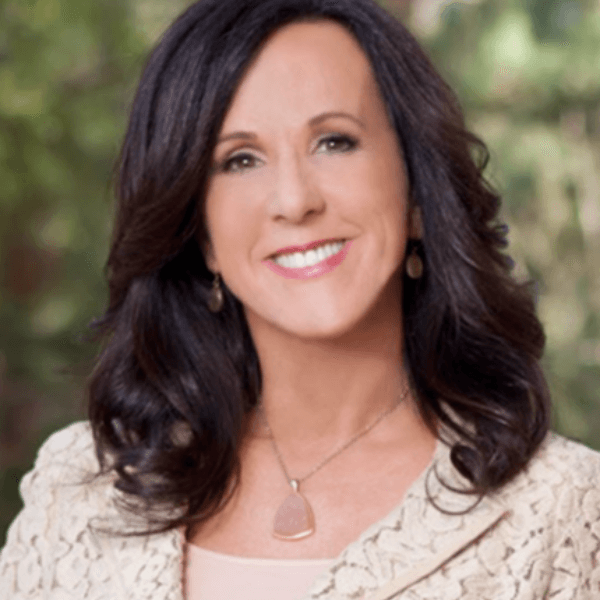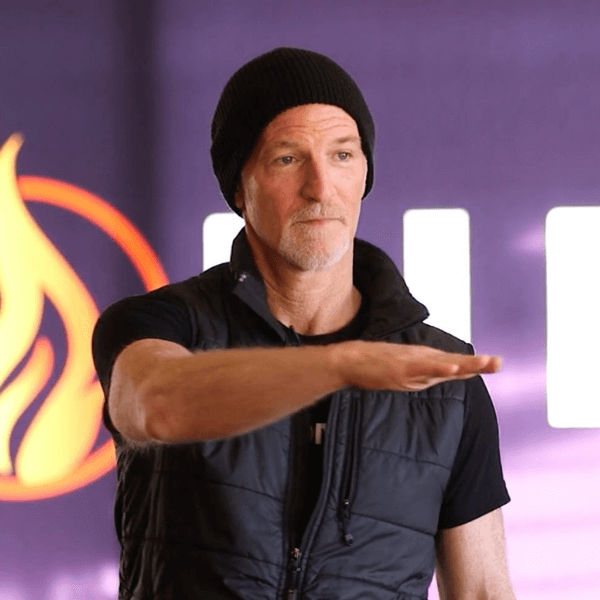How To Podcast
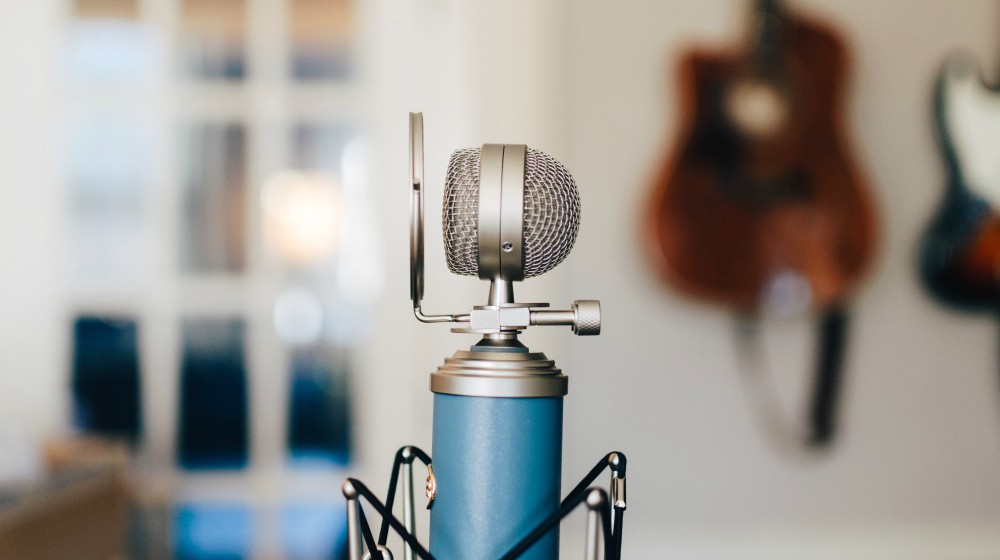
Ted here, and I’m here to share a few steps for those learning how to podcast. When it comes to my business, I do a lot of online marketing including Facebook ads, but I also try to diversify it with video presentations. I also know, though, not everyone feels comfortable being in front of the camera, so podcasting is another great way to reach your audience and target those dream clients.
How to Podcast | Beginner’s Guide on How to Launch This Online Marketing Tool
1. Create a Goal for a Podcast
The first thing you need to do to learn how to podcast is to determine your goal. The first time I recorded myself on video, I used only a mobile phone, but I was clear on my objectives.
It’s the same thing with a podcast. A goal helps you plan.
How do you set the goal? Define what the end result is.
If you’re into health, you may talk about the latest trends in healthcare. If your business is about coaching, you can discuss the benefits of having one. You just need to be as specific as possible.
These questions can also help you:
- Will the podcast be the end product? In this case, it needs to be highly valuable and packed with information.
- Will the podcast help to source leads? If so, it needs to be engaging enough to help capture the audience’s attention.
- Will the podcast be a component of brand building? In this case, it needs to create the right image based on the industry.
2. Know the Details
As mentioned, your podcast goal has to be specific, but even the objective itself has to be broken down. After all, you cannot appeal to all types of listeners. You want to draw only your dream clients.
You can follow the steps below:
A. Determine the Audience First
Who is your audience? This could be a specific demographic or industry or passion. Define the level of education and insight the audience already has.
B. Find the Reason They Will Listen
https://twitter.com/ted_mcgrath/status/1017436546520223744
When creating a podcast episode, the first course of business will be to pull in the audience. It’s important to give listeners a true reason why they should listen.
Why should the audience invest an hour of their time in this? If they do, what will they get out of it?
3. Create the Name and Brand for the Podcast
I couldn’t emphasize enough the importance of branding. With so many podcasts out there, you need to find a way to stand out.
When it comes to learning how to podcast, I say names can be very versatile, but they should offer some catch to draw in the listener.
For example, a clever name still needs to incorporate some detail or company information to ensure those who find it knows it fits their needs.
If you’re a coach or a speaker, then you’re the brand. You may want to know your channel to yours.
Another option is to keep things simple. When a user is looking through a podcast app or channel for a topic, they type in keywords.
What are these as they relate to the topic of the podcast? It’s possible to use the most likely searched words as the title of the podcast.
Give them exactly what they’re looking for to ensure they click to listen.
4. Break Down the Podcast

Let’s get to the details on how to podcast.
A. Length
When learning how to podcast, length matters. You don’t want to them to get bored they fail to reach to the part where you’re sharing important information or call to action. You also don’t want to be fast they’re not getting anything substantial.
Most podcasts these days average 15 and 30 minutes. Longer versions can go up to an hour and still hold the listeners’ attention.
You don’t want to go beyond 90 minutes unlike a webinar since it doesn’t have visuals, which could have kept the discussion even more engaging.
To determine the best length, consider the amount of high-quality, must-have information available. Additionally, think of the audience.
If they’re listening on their way home from work, the ideal length is 20 minutes. If it’s leisure listening, and if you have solid information, an hour can work best.
B. Frequency
Podcasting is a tool used across all industries. This makes it hard to provide specific information about how often a podcast episode is necessary. Budget and marketing goals can also contribute to this frequency.
Generally, an episode every week or every other week is ideal. A weekly episode can help encourage people to come back just enough to continue to engage with your brand.
C. Blocks of Content
If you’ve been on my blog for some time, then you know I like to break down my content. In fact, it’s part of my blueprint.
I don’t give all the information in one sitting. Otherwise, my client will have an information overload, and they wouldn’t know how to make sense of everything. It will make my program useless to them.
You can follow the same strategy when teaching yourself how to podcast.
Instead of weekly episodes, create a series, each with maybe three or five episodes. One builds on the next to create a comprehensive, cohesive plan.
The benefit here is the listener comes back week after week (or depending on the frequency of release) to engage numerous times with the podcast.
D. Titling Episodes
Provide clear, motivating titles for individual episodes. It ensures users they can find the information they’re looking for quickly.
Consider commonly searched tools such as “How to” style pieces or “Seven tips to.” Include a few keywords within the episode title when possible. This makes it easier for search engines to rank the podcast.
5. Record a Podcast
We’ve basically covered half on how to podcast. The next half is all about recording.
This one can be a bit more technical, and thus, it may require getting used to. The good thing is you don’t need hi-tech systems to start.
A headset mic is a good place to start. It provides better sound quality and gives the user the ability to move freely.
If you’re planning to do interviews, two of such headsets are necessary. As success grows, you can start investing in a digital recorder and mixer to add value to the podcast.
At some point, you may have to edit your audio file, so having some type of recording and editing software is essential. A number of options are available including specially designed podcast maker software.
6. Publish the Podcast

Once you’re done with the podcast, you’re ready to publish it. For this one, you need to choose a host.
It lets other people access the podcast so they can download and listen to it. I am not referring to iTunes and YouTube since these websites only provide access but not the hosting.
It’s very important you can make the podcast accessible to the public. Fortunately, you have a lot of options such as iTunes, Spotify, Google Play Music, TuneIn Radio, and YouTube.
Choose a directory based on content and overall functionality.
7. Market a Podcast
Learning how to podcast won’t be complete without marketing or promoting it. You can’t expect people to know about it immediately, right? You also need to get the word out to your target clients who don’t know anything about you.
What I love to do is to broadcast my podcast on social media. I also make sure it has a nice cover art to make it appealing. You can also link it to your website and include the link to your email marketing campaigns.
8. Utilize Feedback to Thrive
I am a big fan of analytics and understanding more about the audience and behavior. In fact, it’s one of my New Year’s resolutions – get deeper with my marketing techniques.
Besides learning how to podcast, you should also know how to do analytics and interpret the data available.
Once a podcast goes live, it remains accessible to the audience long term. Over time, you can obtain and then analyze audience habits. You can then use this information to make improvements.
Some of the questions you can tackle are:
- How long do listeners remain on the audio file?
- Where is the most likely source for finding the podcast?
- What are listeners doing after they listen?
- What type of feedback is available about the content, structure, and people involved?
- What does the audience want going forward?
Learning how to podcast can take some time, so don’t beat yourself up if you can’t get it right the first time. With practice, you will be great at it and use it to support your online marketing strategies.
What other things do you wish to know on how to podcast? Tell me more about it in the comments section below.
Up Next: What Is A Webinar | Get To Know How To Create One
ABOUT THE AUTHOR
